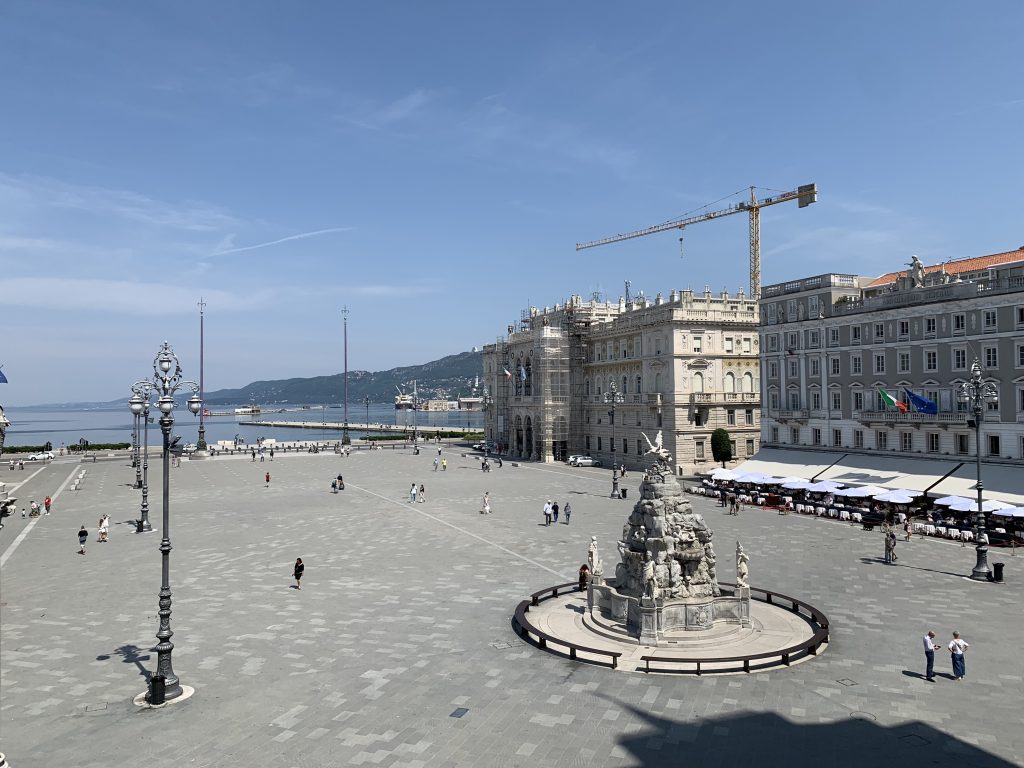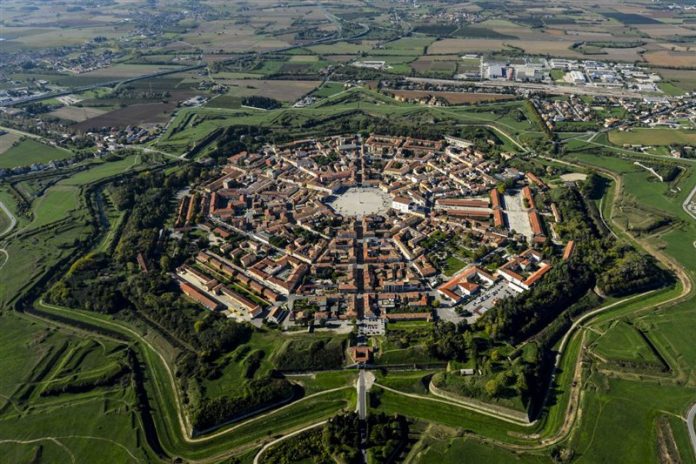by InTrieste
Friuli Venezia-Giulia embraces a variety of environments and landscapes, art, medieval villages, imposing castles, precious museums and archeological sites. It is truly a region to be discovered, and rediscovered again.
The region was formed in 1947 through the union of the province of Udine with the area of the former region of Venezia Giulia that had not been annexed by Yugoslavia. The province of Trieste was added in 1954 and in 1963 Friuli Venezia Giulia was given limited autonomy as a result of the many historic, ethnic and linguistic differences that have developed over the centuries. The Friulan language is spoken throughout the region, considered by some linguists to be a dialect of Italian, and by others a completely separate language.

Trieste is the capital of the region. Our city became Mitteleuropa’s gateway to the East under the Austrian Hapsburgs dominion, when it was declared a free port. Immigrants flocked here from all over the Mediterranean, giving Italy’s easternmost city a cosmopolitan air matched only by Naples at the time. Today, its spacious boulevards, handsome buildings and vaguely dowdy magnificence make it something of a Vienna-By-The-Sea. Other cities are Gorizia, Pordenone and Udine.
With a territory extending from the Alps in the north to the Adriatic Sea in the south, the region has a rich geographical morphology, with vast plains along the coast toward the south as well as hilly and mountainous areas towards the North.
Ship and boat building in Trieste and Monfalcone take first place among the region’s economic activities. Trieste is also the headquarters of the largest insurance company in Italy, Generali. There are many medium- and small-sized industries in the chemical, textile silk, paper and furniture sectors. However, farming is the main source of occupation with cereals, potatoes, and grapes being the leading crops, and dairy cattle and hogs are raised the production of renowned wines such as local Pinot and Tocai wines.

Following its conquest by the Romans, from the 6th century onwards the histories of Friuli and Venezia Giulia followed separate paths: Friuli passed from the Lombard Duchy to the Patriarchate of Aquileia to end up as part of the “Serenissima” Venetian Republic; while with Trieste, along with Gorizia, Venezia Giulia were pulled into the political sphere of the Habsburgs. It is interesting to note that while Friuli became part of the Kingdom of Italy in 1866 (Third War of Independence), Venezia Giulia only became part of Italy after the First World War. But the Second World War later led to the loss of a large part of Venezia Giulia, and Trieste was only to return to Italy definitively in 1954.
All this to and fro between different administrative domains and cultures has led to a rich variety of local traditions, with ceremonies and events of an ancient flavor and a rich selection of specialty foods including flavorsome cheeses and exceptional salamis along with famous wines – a true joy for the most refined of palates.





























